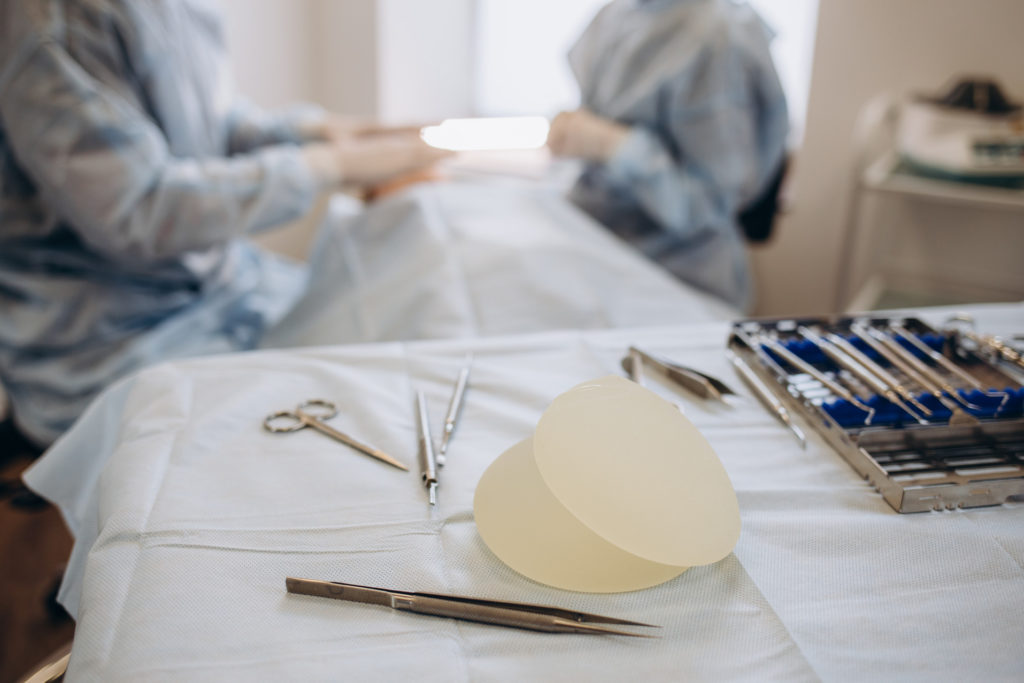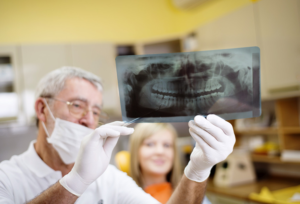Many women today contemplate breast augmentation. They need information to ensure this procedure is right for their needs. Questions often arise regarding what happens before and after the procedure. The following guide provides an overview of what women should expect.
Before the Breast Augmentation Procedure
Before undergoing a breast augmentation procedure, there are several important steps and considerations that individuals should keep in mind. It is crucial to schedule a consultation with a qualified plastic surgeon. During this initial meeting, the surgeon will evaluate the individual’s health history, discuss their aesthetic goals, and provide an overview of the procedure. This consultation ensures the augmentation will be a safe procedure for the patient to undergo.
In preparation for the surgery, the surgeon may request various tests, such as blood work or a mammogram, to ensure the patient’s overall health and suitability for the procedure. They will also explain the different types of breast implants available, including silicone or saline implants, and help the patient choose the most appropriate option based on their desired outcome and body type.
In the days leading up to the surgery, the individual may be required to refrain from certain medications, such as blood thinners, to minimize the risk of excessive bleeding during the procedure. Additionally, the surgeon will provide specific instructions regarding fasting prior to the surgery to ensure the patient’s safety.
On the day of the breast augmentation, the individual will typically undergo general anesthesia. This means that they will be asleep throughout the entire procedure. It is important to arrange for someone to accompany the patient to and from the surgical facility, as they may not be in a condition to drive themselves afterward.

After a Breast Augmentation
Following a breast augmentation procedure, there is a recovery period during which the individual should take certain precautions to ensure optimal healing. Directly after the surgery, the patient will be monitored in a recovery area until the effects of the anesthesia wear off. It is common to experience some discomfort, swelling, and bruising during the first few days after the procedure.
The surgeon will provide detailed post-operative instructions. Pain medication and antibiotics may be prescribed to manage discomfort and reduce the risk of infection. The patient must follow these instructions exactly to reduce the risk of complications.
During the initial days and weeks after the surgery, avoiding strenuous activities and heavy lifting is essential. Most individuals can gradually return to light activities within a week, while more intense exercise routines may need to be postponed for several weeks. It is important to follow the surgeon’s guidelines and attend all follow-up appointments to monitor the healing progress.
The swelling and bruising should gradually subside over time, and the final results of the breast augmentation will become more apparent. It is important to note that it can take several months for the breasts to settle into their new shape and for the scars to fade.
In the long term, individuals who have undergone breast augmentation can expect to enjoy enhanced breast volume, improved symmetry, and an overall improvement in their body proportions. Women who understand what the procedure entails are more likely to express satisfaction with the final results. However, regular self-examinations and routine check-ups with a healthcare professional are crucial for monitoring the health of the breasts and detecting any potential complications or changes, as one can never be too careful with their health.
</div.




Be First to Comment